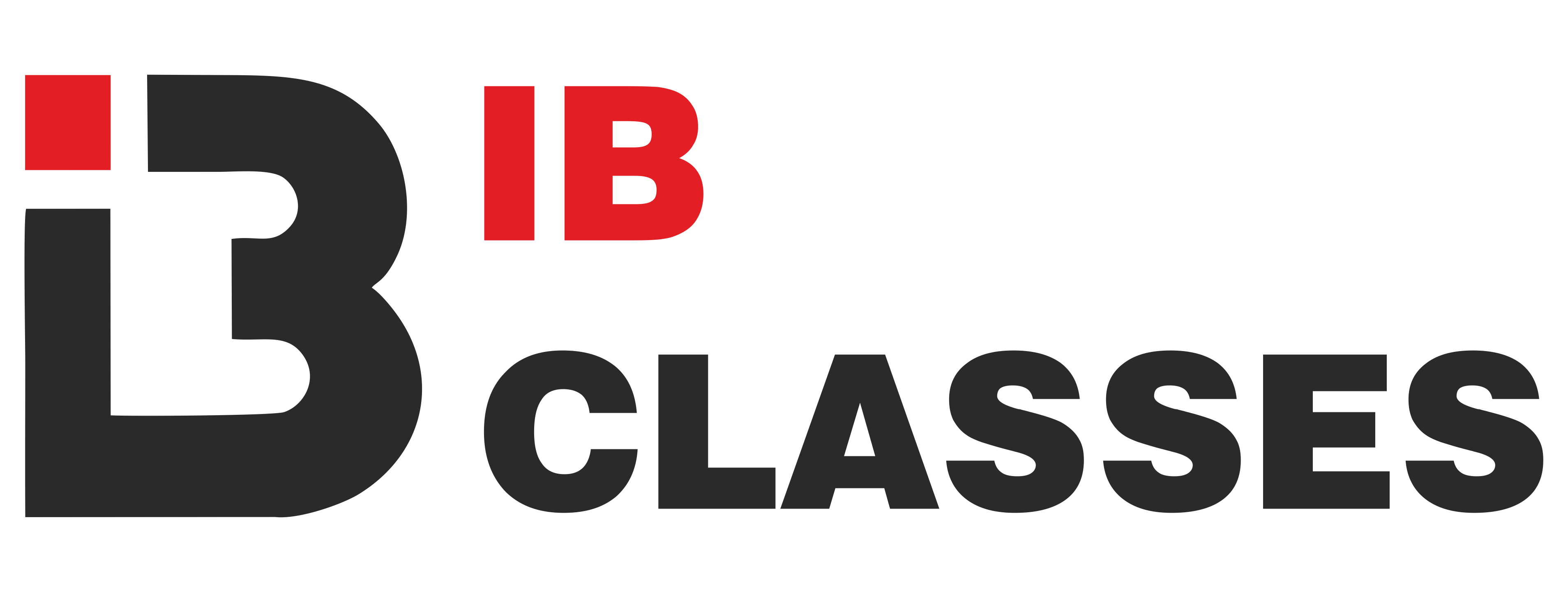Navigating the IB Math IA: A Step-by-Step Approach
Uncover the key strategies and tips for successfully completing your IB Math IA with this comprehensive guide.
Understanding the IB Math IA Requirements
The IB Math IA is an important component of the IB DP Math course. It allows you to explore a mathematical topic of your choice in depth and demonstrate your understanding of mathematical concepts and techniques. To successfully complete your IB Math IA, it is essential to have a clear understanding of the requirements set by the International Baccalaureate (IB).
The IB Math IA requirements include: choosing a mathematical topic, formulating a research question, collecting and analyzing data, applying mathematical techniques, and presenting your findings in a structured manner. It is important to carefully read and understand the IA criteria provided by the IB in order to meet all the necessary requirements.
By understanding the IB Math IA requirements, you will be able to plan and organize your work effectively, ensuring that you address all the necessary components and achieve a high-quality IA.
Selecting a Suitable Topic for Your IA
Selecting a suitable topic for your IB Math IA is crucial for a successful outcome. The topic should be relevant, interesting, and manageable within the allotted time and word limit. It is important to choose a topic that allows you to apply mathematical concepts and techniques effectively.
When selecting a topic, consider your interests, strengths, and the resources available to you. Brainstorm potential ideas and research them to ensure that you have enough information and data to work with. Consult with your teacher or supervisor for guidance and feedback on your chosen topic.
Remember that a well-chosen topic will not only make the IA process more enjoyable but also enable you to showcase your mathematical skills and understanding effectively.
Collecting and Analyzing Data Effectively
Collecting and analyzing data effectively is a crucial step in the IB Math IA process. It involves gathering relevant data points or information that will support your research question and help you draw meaningful conclusions.
To collect data effectively, consider the type of data you need and the most appropriate methods for gathering it. This may involve conducting experiments, surveys, or analyzing existing data sets. Ensure that your data collection methods are reliable, accurate, and ethical.
Once you have collected the data, it is important to analyze it using appropriate mathematical techniques. This may involve organizing the data, calculating relevant statistics, or applying mathematical models. The analysis should be systematic, transparent, and well-documented.
By collecting and analyzing data effectively, you will be able to draw meaningful conclusions and support your research question with solid evidence.
Presenting Your Findings in a Structured Manner
Presenting your findings in a structured manner is essential for effectively communicating your research and analysis in the IB Math IA. A well-structured IA allows the reader to follow your thought process and understand your conclusions.
When presenting your findings, consider the logical flow of your IA. Start with an introduction that provides background information and states your research question. Then, present your data and analysis in a clear and organized manner. Use appropriate headings, subheadings, and visuals to enhance the readability and understanding of your IA.
In addition to the structure, ensure that your IA is well-written, concise, and free from grammatical errors. Use appropriate mathematical notation, terminology, and language to convey your ideas effectively.
By presenting your findings in a structured manner, you will engage the reader and effectively communicate the significance of your research.
Reflecting on Your IA and Making Improvements
Reflecting on your IB Math IA and making improvements is an important step in the IA process. It allows you to critically evaluate your work and identify areas for improvement.
After completing your IA, take the time to review and reflect on your research, analysis, and presentation. Consider the strengths and weaknesses of your IA, and identify any areas where you could have improved. Seek feedback from your teacher or supervisor to gain different perspectives and insights.
Based on your reflection and feedback, make the necessary improvements to your IA. This may involve revising your research question, collecting additional data, refining your analysis, or restructuring your presentation. Aim to create a final IA that demonstrates your growth as a mathematician and addresses all the necessary requirements.
By reflecting on your IA and making improvements, you will enhance the quality of your work and increase your chances of achieving a successful outcome.
